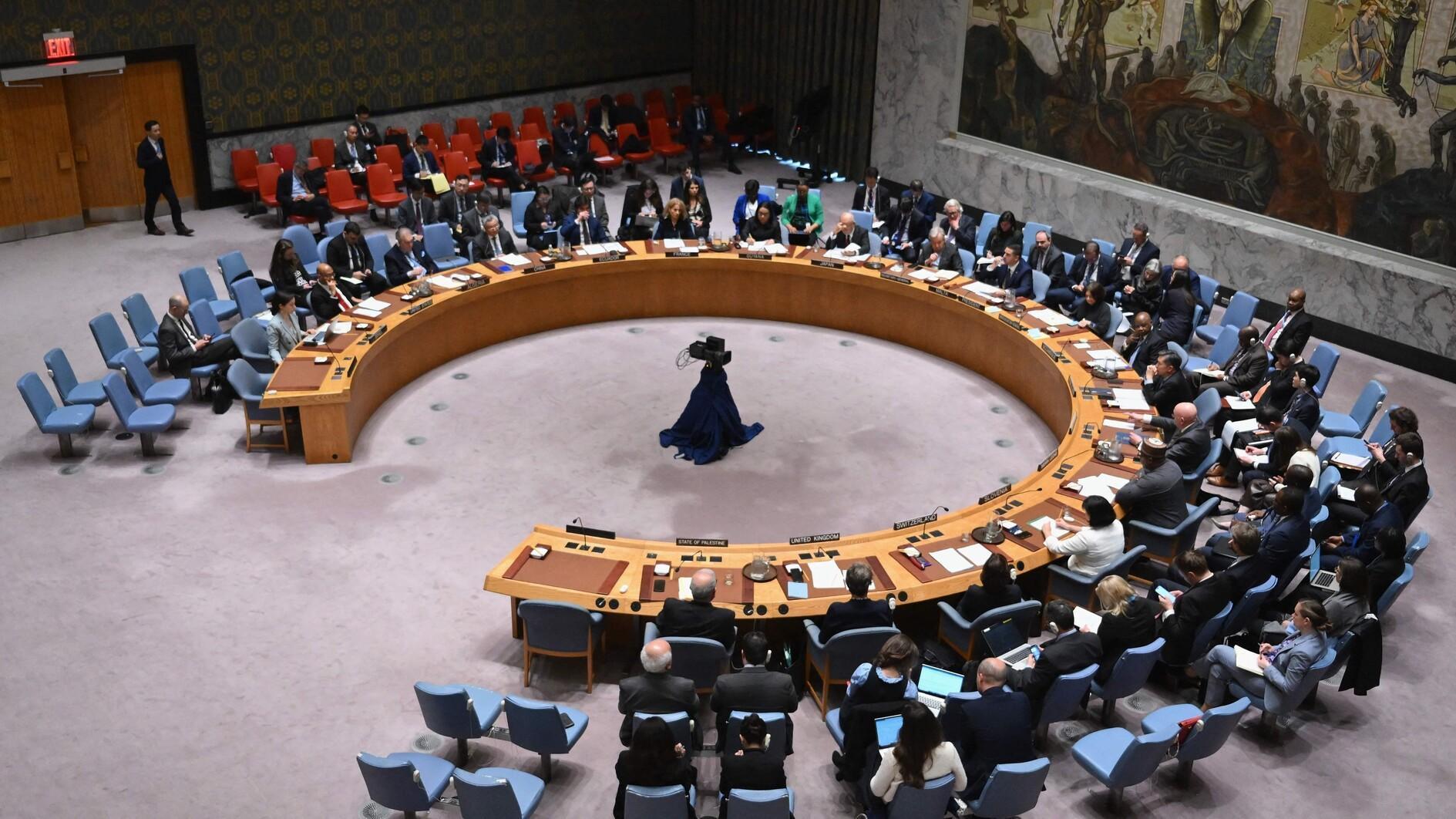15 years have passed since the Marmara earthquake, what has changed?
Noyan DOĞAN noyandogan@hurriyet.com.tr
Sunday was the 15th anniversary of the Marmara earthquake. To be frank, there have been many projects done in terms of preparation in these 15 years, from building earthquake-resilient buildings to reinforcing schools and hospitals, to urban transformation; and even though the progress is slow, they are proceeding. The public administration is doing the best it can. What is important is how conscious we are on this topic.I think the most important development that has been introduced after the Marmara earthquake is the compulsory earthquake insurance practice. It is important because, leaving aside earthquake resilient buildings and urban transformation, out of the total of 16 million houses, nearly 10 million of them were built before 1999. We have a building stock of 10 million and we do not know how many of them are resilient to earthquakes.
When we review the situation today, 37 percent of 16 million buildings have been insured against earthquakes. This is a success, I think. The reason is that before the Marmara earthquake, only 300,000 houses were insured; it is a huge achievement that 6.5 million houses are insured now.
I am sure some will say, “Well, if you make earthquake insurance a pre-requisite in every title deed registration, electricity, gas and water contracts and bank loan actions, then of course there will be many insurance holders.” This is the main problem. Because of this wrong mentality, a portion of those who have insured their houses do not renew them. I want to address the owners of the 10 million houses who may have doubts about the security of their buildings. Is there any alternative practice or any other system that would re-build you house, other than the compulsory earthquake insurance against the risk of the collapse of your house in a possible major earthquake? The only practice is the earthquake insurance.
Compulsory earthquake insurance
If you say, “I have 10 houses. If one or two of them are knocked down, it does not matter.” Or if you say, “I have a lot of money, I will buy new ones,” then I have nothing to say. If you say, “the state will help me anyway; it will build houses for me,” then you have to stop there.
The scenario prepared for the major earthquake expected in Istanbul is that 50,000 buildings will totally collapse, 150,000 buildings will be heavily damaged. I really don’t know how the state will be able to build 150,000 buildings at once, I don’t know. Unless of course it did, it does not distribute these houses freely; it gives them with long-term loans. If it is all right for you to become homeless and then pay a mortgage for 10 or 15 years more after you are 40 or 50, then I have nothing to say.
Again, if some say, “All right, look, my house is worth 300,000 Turkish Liras. The insurance covers 130,000 liras. How is that it will be re-built?” Well, you have the land or the share of the land. The land is what counts. The insurance company is providing you the re-construction price of your house. Also, insurance provides 130,000 liras. Is there any other system that would pay you 130,000 liras after the earthquake? If not, your house of 300,000 liras is gone. If you at least have 130,000 liras to put in your pocket, then you need 170,000 liras more, right?
No offense, but these are all empty words and excuses. The real question to be asked on the topic of earthquakes and earthquake insurance is to what extent can the damage in the expected Istanbul earthquake be compensated by insurance?
After a short amount of research, the situation is as follows: The Turkish Catastrophe Insurance Pool (DASK) has a capacity to pay damages of more than 11 billion liras in an earthquake. What does this mean? The DASK has all together paid 158 million liras in small and major earthquakes up to now and that 121 million of this total belongs to the Van earthquake. You can calculate what 11 billion liras mean. Also, this is the damage that can be paid in one earthquake, if there is a second earthquake, then the system is constructed so that it can pay the same amount again.
And finally, now, the period of expecting everything from the state is over. Politicians have also given up their populist policies that were beside the victim and ensuring that their wounds were to be healed. They have noticed that this policy is actually more harmful than beneficial. They have seen that taxes imposed for years to fill in the gap formed in the economy have made people sick and tired.
The time is now for the citizen to be conscience and protect their own property. It is a time when the state introduces certain systems. In a more precise explanation, if a major earthquake happens tomorrow and you ask for help from the state, you may get the answer, “We introduced the insurance system; did you not insure your house?”











